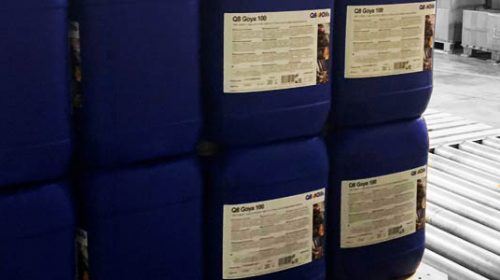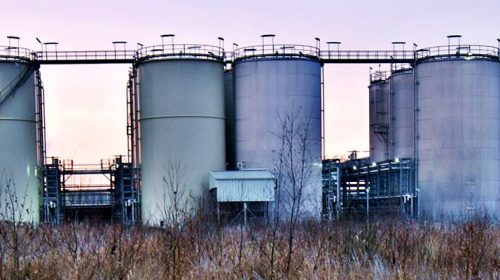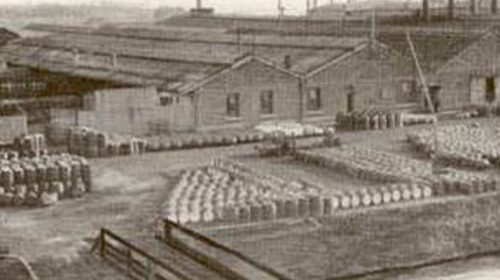Lubricants are not just oils for car engines; there are many different types including metalworking fluids, transformer oils, gear and hydraulic oils. Fluid oils and greases, both solid and semi solid, are also used for lubrication.
There are three groups of lubricant base oils. Mineral based oils originate from crude oil and synthetic based oils are from synthesized components. The third group, semi-synthetic base oils, provides many of the advantages of synthetic oils.
Additives are blended with base oils and the combination, quality and quantity of the additives and base oils determine the quality and the properties of the finished lubricant.
Mineral oil
Mineral oil is made by distilling and refining crude oil. Its properties depend largely on the quality and consistency of the crude oil from which it is refined and on the refining process itself.
Mineral base oil is a blend of refined distillation fractions that result from vacuum distillation. It consists of hydrocarbons and traces of sulphur, oxygen and nitrogen containing hydrocarbons. The distillation fraction is further purified by extraction and by separating the waxes. The purification process can be completed with hydro-finishing, which involves contact with hydrogen at a high pressure and temperature, in the presence of a catalyst.

Synthetic oil
The properties of synthetic oil are determined entirely by its manufacturing process. Synthetic oils are free of impurities and generally have a higher viscosity and better oxidation stability than mineral base oils, resulting in a better and longer lasting performance.
Semi-synthetic oil
Semi-synthetic oils are blended from a combination of mineral and synthetic base oils, which provides some of the benefits of synthetic oil.

































